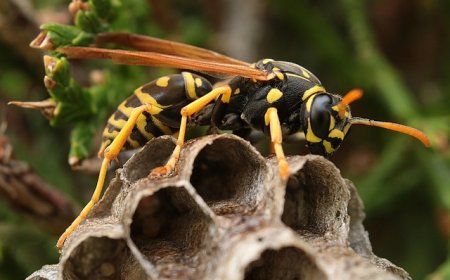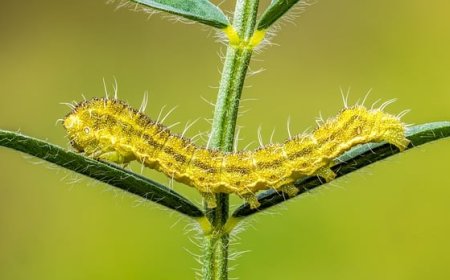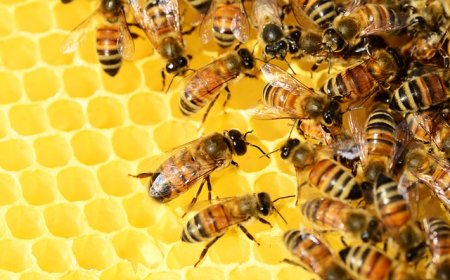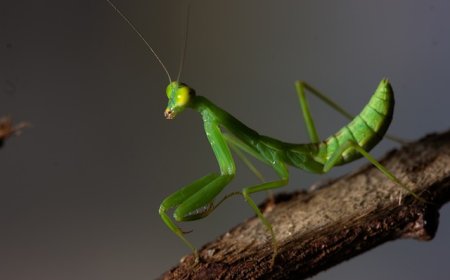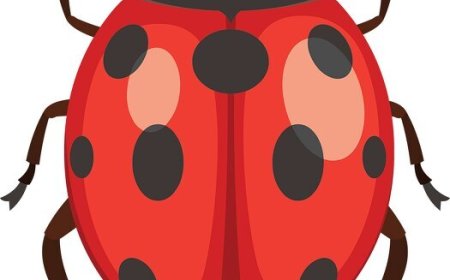Termites for Kids: Fun Facts, Colony Life, and Why They Matter
Explore the world of termites in this kid-friendly guide. Learn about termite colonies, mounds, and how these insects help nature.
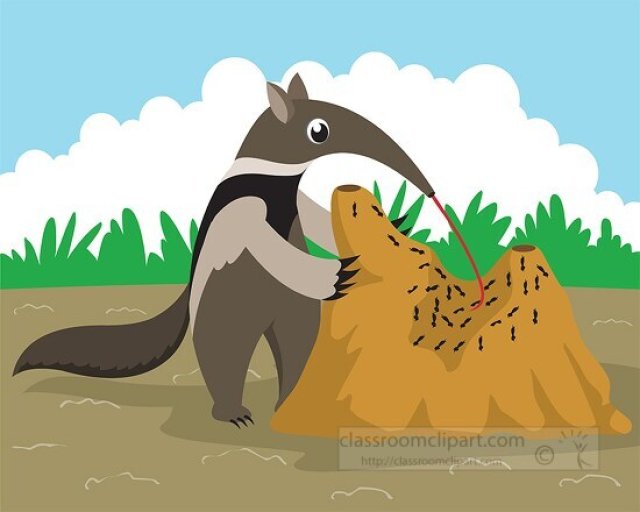
🪵🐜 Termites: Nature’s Tiny Builders and Recyclers
🌼 Introduction
Termites are small insects that live in large colonies and build incredible structures. Some people call them “silent destroyers” because they can eat wood in homes and buildings. But termites are also very important to nature because they break down dead plants and recycle nutrients into the soil.
In this article, you’ll learn what termites are, how they live, why they build mounds, and why they matter to the environment.
🧬 Classification and Scientific Background
Termites are insects in the order Blattodea, which also includes cockroaches.
|
Scientific Classification: Kingdom: Animalia Phylum: Arthropoda Class: Insecta Order: Blattodea Infraorder: Isoptera |
There are about 3,000 species of termites found all over the world.
🐜 What Do Termites Look Like?
Termites are small, soft-bodied insects. They have:
Straight antennae (unlike ants, which have bent antennae).
Six legs and a wide waist.
Creamy white or light brown bodies.
Some adults grow wings when it’s time to start a new colony.
Worker termites are usually less than 1/2 inch (1 cm) long, but queens can be much larger.
🏰 How Do Termites Live?
Termites live in colonies that can have millions of individuals. Each colony has:
Workers: Build tunnels and care for eggs.
Soldiers: Defend the colony with strong jaws or chemicals.
Reproductives: Kings and queens that lay eggs.
Some termites build huge mounds, which can be over 20 feet tall, to keep their colony cool and safe.
🪵 What Do Termites Eat?
Termites are famous for eating wood, but they also eat:
Dead leaves
Grass
Paper
Other plant material
They have special microbes in their stomachs that help them digest tough cellulose in plants.
🌍 Where Do Termites Live?
Termites are found in warm climates all over the world, especially in:
Africa (where giant mounds are common)
Australia
South America
Southern United States
Some live underground, in trees, or inside wooden structures.
🛡️ How Do Termites Protect Themselves?
Termite soldiers protect the colony by:
Using large jaws to bite intruders.
Spraying sticky chemicals to trap enemies like ants.
Hiding deep in tunnels if disturbed.
Their mounds and tunnels help keep out predators and maintain the right temperature and humidity.
🌿 Why Are Termites Important?
Even though termites can damage buildings, they are very helpful to nature because they:
Break down dead plants, turning them into rich soil.
Recycle nutrients so new plants can grow.
Provide food for animals like aardvarks, anteaters, and birds.
Help create spaces in the soil so air and water can move.
🛑 Termites as Pests
Some termites become pests when they:
Eat wooden houses, fences, and furniture.
Damage crops or trees.
People use special chemicals and barriers to protect buildings from termite damage.
✨ Interesting Facts About Termites
Termites are more closely related to cockroaches than ants.
A termite queen can lay thousands of eggs every day.
Some termite mounds have air conditioning tunnels to control temperature.
Termites have been on Earth for over 100 million years.
In some cultures, termites are used as food.
Termite mounds can be seen from space satellites.
Some soldier termites can spray glue-like chemicals to defend the colony.
📝 Kid-Friendly Summary
Termites are small insects that live in big colonies and eat wood and dead plants. They build tunnels and mounds that keep them safe. While termites can damage buildings, they are important because they recycle nutrients and help keep soil healthy. By learning about termites, we can understand how they help nature and find ways to protect our homes.
🧠 Vocabulary Words
Colony A large group of insects living and working together.
Recycle To break down materials so they can be used again.
Cellulose The main substance in plant cell walls, which termites eat.
Microbe Tiny living things that help digest food.
Tunnels Underground passages termites build.
Mound A large structure termites build above ground.
Predator An animal that hunts other animals.
Pests Animals or insects that harm crops, buildings, or people.
Humidity The amount of moisture in the air.
Nymph A young termite that has not yet developed wings or become an adult.


















































